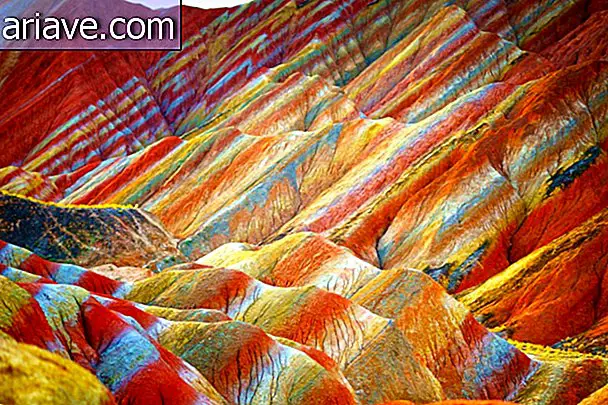There is a giant cloud of cosmic gas colliding with the Milky Way
According to astronomers, Andromeda and the Milky Way are expected to meet within 4 billion years and lead to a spectacular galactic shock. However, according to Dom Galeon of the Futurism portal, long before this happens, another space structure will crash into the confines of our galaxy. However, do not worry, as this should only occur within 30 million years; therefore, until then we do not even know if humanity will continue to exist!
NASA researchers following Hubble Space Telescope explorations have found that a cosmic mass of gas called the Smith Cloud is moving at 1.1 million kilometers per hour toward the Milky Way. To give you an idea, this wandering structure is 11, 000 light years long and 2, 500 light years wide - where 1 light year is about 9.5 trillion kilometers - so the cloud is huge .
Gaseous bump
According to Dom, the cloud was discovered in the mid-1960s by a Dutch astronomer named Gail Smith, and scientists estimate that it formed about 70 million years ago. Also, because of the structure's composition - rich in sulfur - it may have originally been part of our galaxy, but for some reason it was eventually expelled.

But the cloud has decided to return to the Milky Way, and the collision is expected to take place within about 30 million years, and it is unlikely that any Earthlings - if any will be left until then! - suffer any consequences from the shock. This is because the crash should occur on the edge of our galaxy.
On the other hand, if humanity continues to exist, those around here can witness a true light show in the sky and witness the birth of about 2 billion new stars. It will say that now you did not feel like being alive to attend such an event!

According to Dom, for NASA people, the cloud is an example of how our galaxy is evolving over time. In other words, it demonstrates how the Milky Way, contrary to what it may seem, is an overactive location and reveals how it is recycling its own material through clouds of gas to make new stars.











